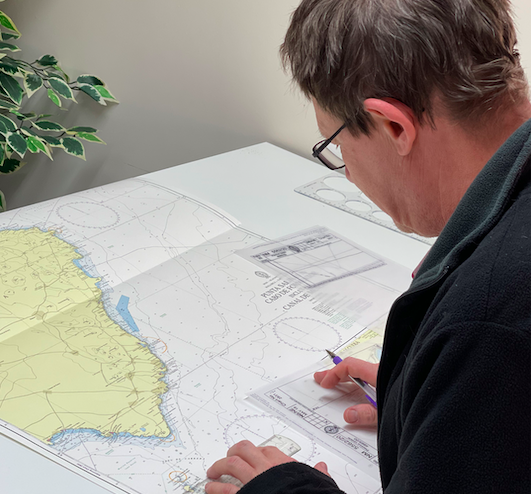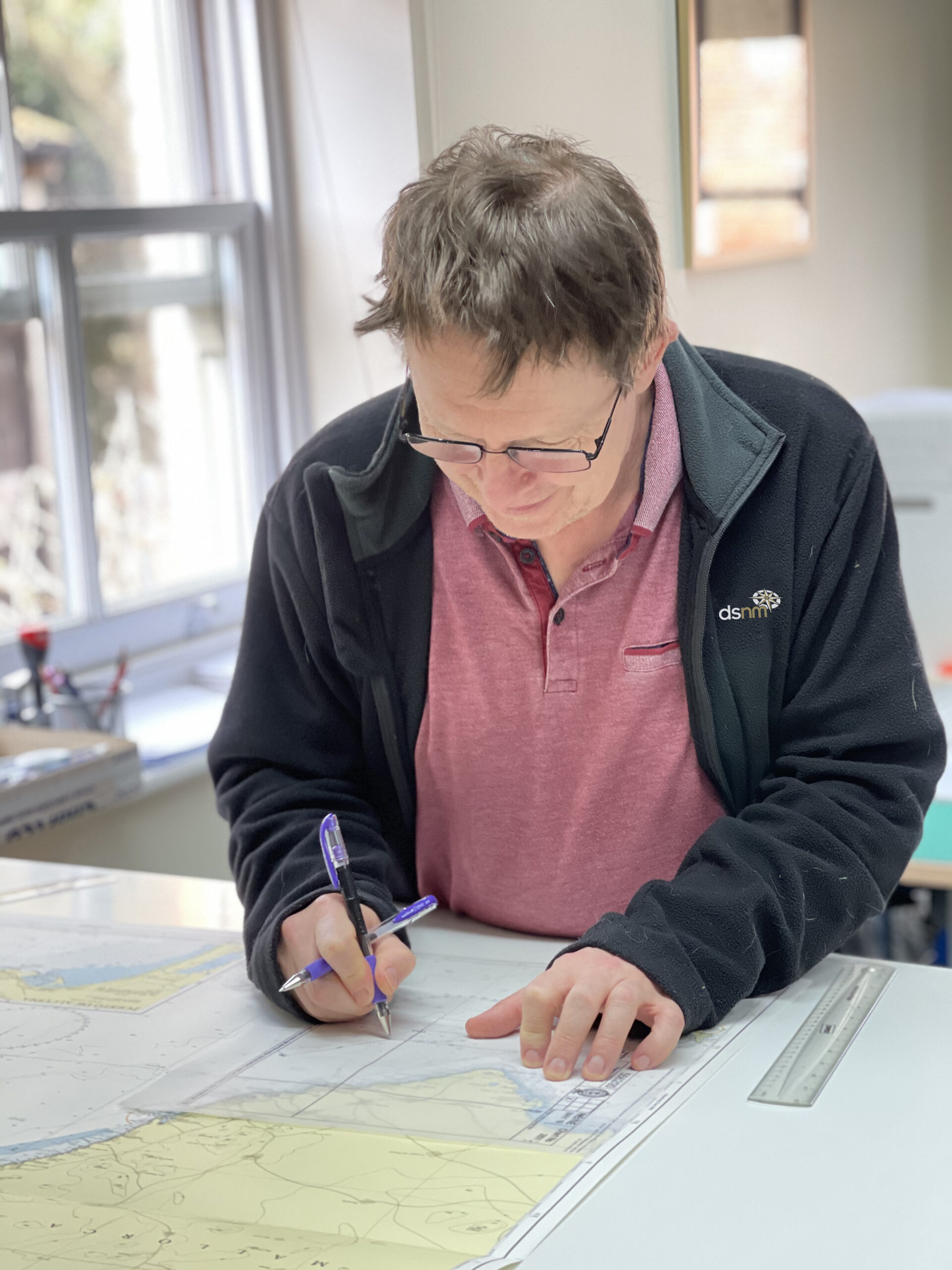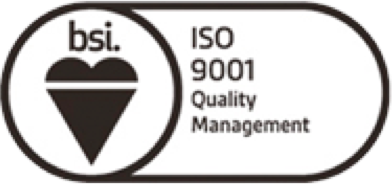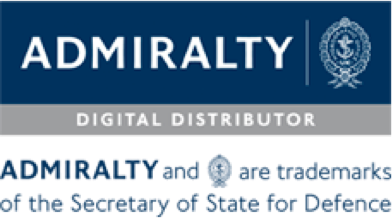Up-to-date nautical charts are an essential and non-negotiable part of any Superyacht bridge equipment with weekly updates providing safety-critical information for the crew.
The practise of correcting charts is often seen as old-fashioned especially with such great digital charting options now available, but the paper chart still has a vital role onboard any yacht and can play a huge part in good seamanship and ensuring a safe passage.
At dsnm, we have a dedicated team of chart correctors who spend their days sifting through and checking our client’s inactive folios to bring them up to date.
Our expert chart correctors
One of our in-house correctors Steve chats through his daily routine, heading up the chart correcting team…


“I joined dsnm after spending 30 years in the oil and gas industry with a number of those years spent based offshore in the Irish Sea, North Atlantic and finally the North Sea so pretty used to life at sea although an offshore rig is not quite a superyacht!
Finishing my career with the oil and gas sector as a chemical service company site lead at Fawley refinery, I was enjoying the idea of spending my time riding my motorbike and playing golf when my wife had other ideas and volunteered me up for the role of chart corrector for dsnm. After meeting with Dave and Alicia it sounded like something I might enjoy and following full training, gave it a go and have not looked back.
The great thing about chart correcting is the fact that the majority of the work is in two seasons and meaning I have the flexibility to still have the summer off and I also enjoy the process. Trained as a scientist so following a set process accurately to achieve a desired result comes naturally.”
Facts about correcting
In 2020, we inspected over 16,000 charts (even with the world in the midst of a pandemic and big travel bans preventing normal travel)
Our POD machine printed charts representing 14,250 metres of paper and 5.6 litres of ink in 2020.
We often see the application of TipEx, coffee and occasionally marmalade to charts. As none of these are approved correcting material this leads to those charts being rejected when examined by the correctors. Not only do we check the competency and accuracy of the correcting, but also we inspect the condition of the charts, paying attention to especially staining and wear and tear.
Please contact [email protected] to get further information on chart correcting or supply.






